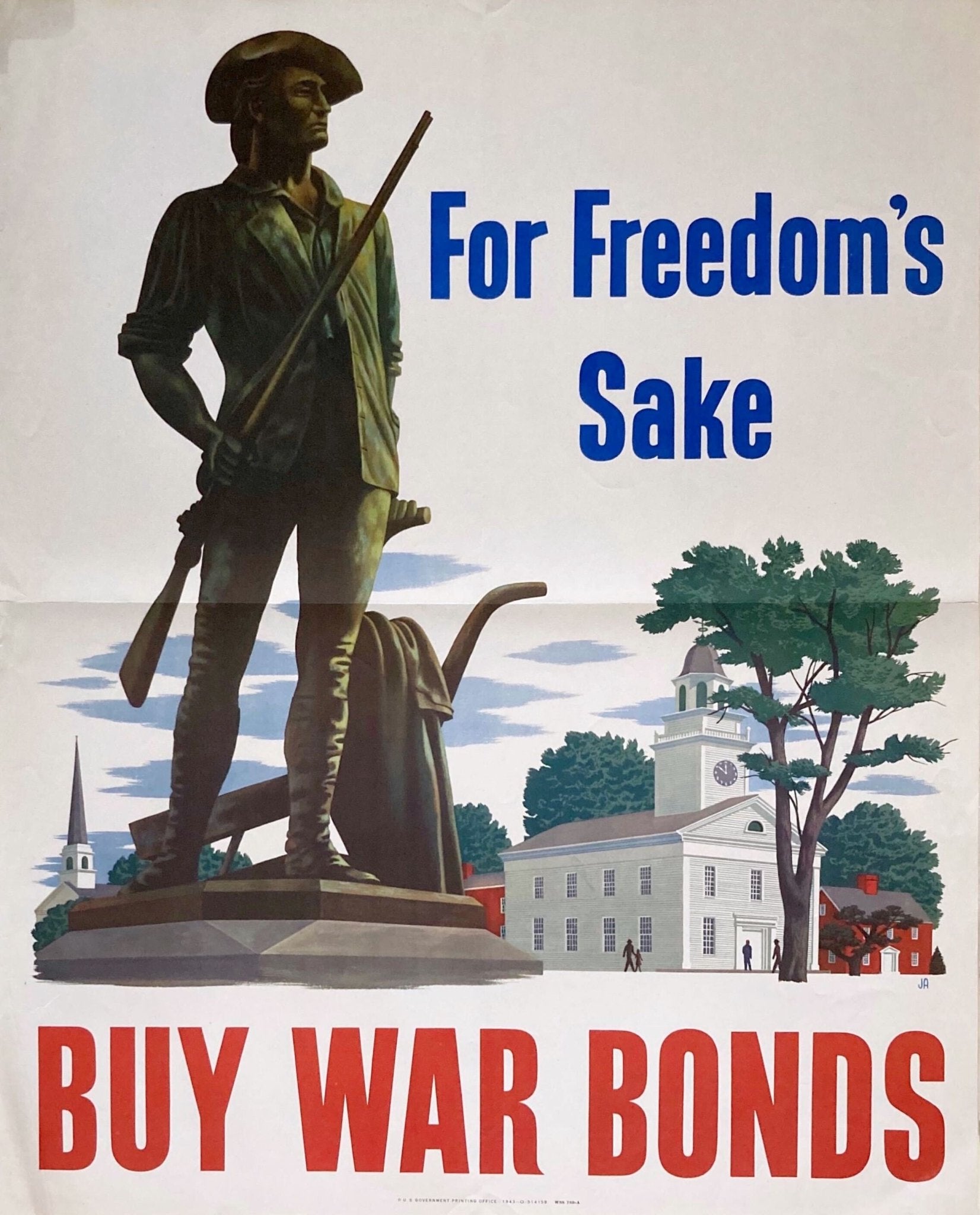WWII Women in Service
The incredible size and scope of World War II necessitated the admission of women into military service. Starting in 1942, new programs like WAAC, WAVES, SPARS, WASP, and the Marine Corps Women's Reserve enlisted thousands of women into wartime service. Since then, women have served with courage and distinction in defense of our Nation's freedom. We recognize and celebrate the many ways that women's service history has become woven into the fabric of our nation's story.
WAAC
During WWII, approximately 350,000 women joined the U. S. Armed Services, serving at home and abroad. At the urging of First Lady Eleanor Roosevelt and women’s groups, General George Marshall supported the idea of introducing a women’s service branch into the Army. In May 1942, Congress instituted the Women’s Auxiliary Army Corps, later upgraded to the Women’s Army Corps, which had full military status. Its members, known as WACs, worked in more than 200 non-combatant jobs stateside and in every theater of the war. By 1945, there were more than 100,000 WACs and 6,000 female officers.
WAVES
In 1941, after the Navy conducted a wartime estimate of the amount of men it would need to staff its ships and bases, it was clear they did not have enough personnel. In order for the Navy to succeed in its wartime missions at sea, it would need to relieve men from their desk-bound jobs on shore duty. The Navy sought to fill those clerical positions with women. On July 30 1942, the President signed Public Law 689 establishing the Women’s Reserve as a branch of the Naval Reserve, and the women who served became known as Women Accepted for Volunteer Emergency Service, or WAVES. The majority of WAVES worked in clerical, health care, or storekeeper billets, although approximately 14,000 women served as yeomen and 13,000 WAVES served as hospital corpsmen. A select few women also served as codebreakers for the Office of Naval Operations’s highly secretive Communication Division in DC. Members of WAVES held the same status as naval reservists.
"Serve with Women's Reserve U.S. Coast Guard. SPARS" Vintage WWII Recruitment Poster by Jo Valentine
SPARS
The Coast Guard soon followed suit, although in smaller numbers. The United States Women’s Coast Guard Reserve was more commonly known as SPARS, an acronym for the Coast Guard motto “Semper Paratus—Always Ready.” After several weeks of training, women in SPARS took on jobs as officers, seamen, clerical workers, logistics specialists, photographers, parachute riggers, air traffic controllers, and radio operators. Like their counterparts in other branches of the military, the 10,000 women who served as Spars benefited from new opportunities and faced new challenges and obstacles as they broke barriers for women in the United States military.
"Be A Marine... Free a Marine to fight. U.S. Marine Corps Women's Reserve" Vintage WWII Tabletop Poster, 1943
Marine Corps Women’s Reserve
In February 1943, the Marine Corps Women's Reserve was established. On June 12 in the same year, Congress passed the Women's Armed Services Integration Act and made women a permanent part of the regular Marine Corps. During World War II, roughly 1,000 officers and 18,000 enlisted women served in the Marine Corps Women's Reserve , led by Col. Ruth C. Streeter. During the last year of the war, all available male Marines were battling the Japanese in the Pacific. In their absence, Women Marines represented over half of the personnel at Marine Corps bases in the continental United States.
WASP
One of the lesser-known roles women played in the war effort was provided by the Women’s Airforce Service Pilots, or WASPs. These women, each of whom had already obtained their pilot’s license prior to service, became the first women to fly American military aircraft.
They ferried planes from factories to bases, transporting cargo and participating in simulation strafing and target missions, accumulating more than 60 million miles in flight distances and freeing thousands of male U.S. pilots for active duty in World War II. More than 1,000 WASPs served, and 38 of them lost their lives during the war. Considered civil service employees and without official military status, these fallen WASPs were granted no military honors or benefits, and it wasn’t until 1977 that the WASPs received full military status.










